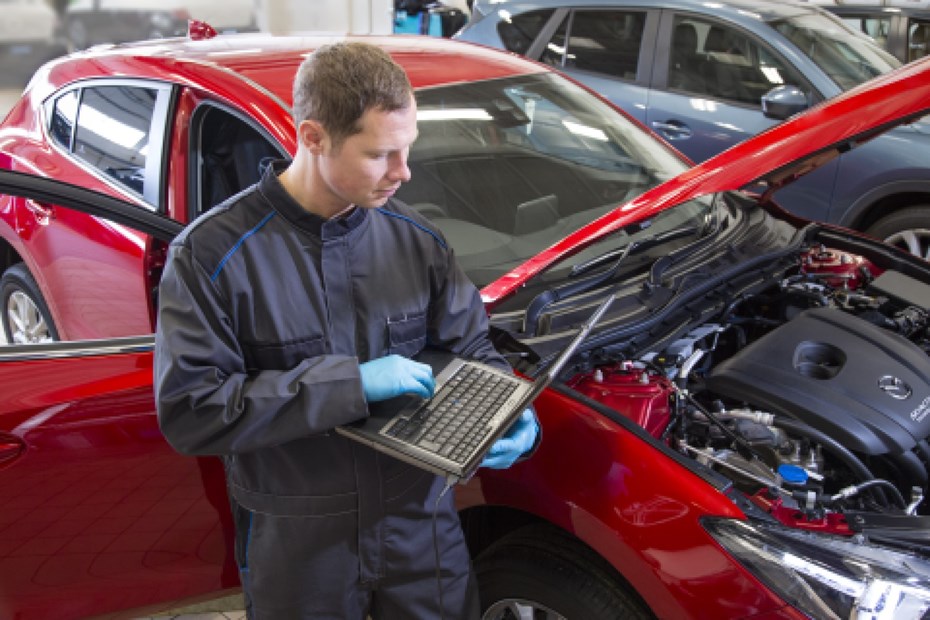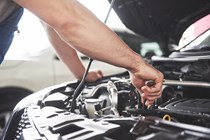If you’ve ever spent time looking at used car listings online, you will have seen the phrase ‘full service history’. This is really important in any used car, as it tells you that previous owners have taken care of the car’s needs and have proof. Service history can be a paper trail, but modern cars also have a digital service record (DSR) that can’t be lost or damaged.
Some owners don’t realise how important service history is for selling a car and throw it away, and some know how important it is but want to hide something – a crash repair or a big gap in the history – and destroy the history entirely. Digital records mean this can’t happen, as all the data is kept by the car’s manufacturer on their computer systems.
In this article, we’ll look at why you should care about a car’s service history, what it means and everything you need to know about digital service records.
What is a service history?
Your car’s service history is the evidence that proves the car has had maintenance done throughout its life so far. Servicing a car is incredibly important not just for safety in the short term but also for the long-term health of the car, especially for cars with petrol or diesel engines. Once work has been completed on the car, often the only evidence that it’s been done is a receipt from the place that did the work.
Up until recently virtually all history was paper-based: receipts and invoices from dealers and other garages. Routine servicing is also stamped into the car’ service book with a signature to prove it’s been done by a reputable garage. You might keep a pack of receipts, files and invoices to further prove the work has been done, too.
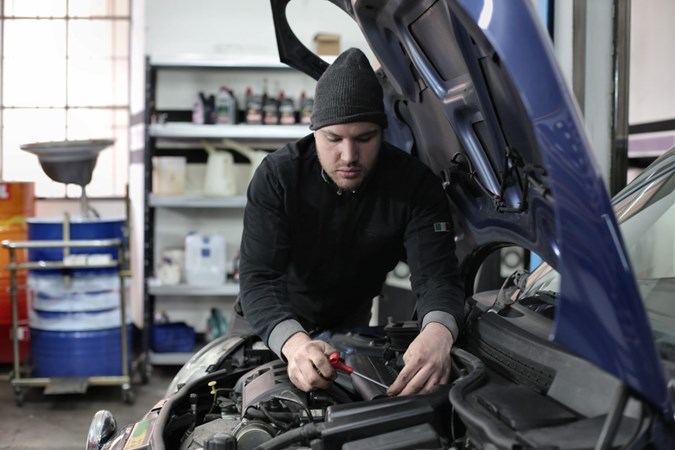
Like any receipts, service history can be used to protect the car’s owner in case of a part failure or any other issue. For example, let’s say you get your car’s clutch changed, and have a receipt for the work done. The clutch fails again and you take it to another garage who tells you the part was never changed. You now have proof you paid for the original clutch change if you need to take legal action – so don’t throw receipts for anything to do with your car away.
Is it worth having a full service history?
Keeping all your car’s paperwork is very much worth the small amount of effort it takes. It’s not just about the ‘just in case’ situations; when it comes time to sell it, your car could be worth as much as 10% more than an identical car with little or no history.
A digital service record or DSR should be considered as part of a car’s service history rather than a replacement. There are some things that won’t be included in a DSR such as tyre changes at a local shop, or emergency repairs, but these are still important to keep.
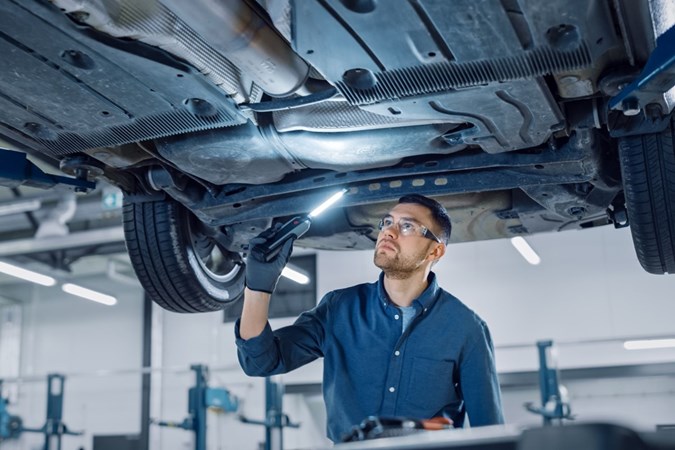
As service history is so key to a car’s final value, it’s not unknown for unscrupulous sellers to create a fake service history for a car that had little or none to begin with, to make it look better maintained than it might actually be. That’s a criminal offence that DSRs can help mitigate against.
You also need to do your own checks when buying a car, making sure it comes with the right documentation. You can also get a car history check for extra peace of mind, but use your common sense as well. If a seller seems too keen to sell the car, or reluctant to show you the car’s history, it’s a sign you should look closer at the history – do the dates line up? Is the paper from the oldest receipts brand-new? Are there any signatures or stamps?
How do I check my car’s digital service record?
How you check your car’s DSR depends on which make it is, but you should be able to do so by at least two of the following methods.
The first port of call is the manufacturer’s smartphone app. The vast majority of them now have an app available from the Apple App Store and Google Play that offers a range of features and functions relating to your car. They’re often called ‘My [maker]’ – MyPeugeot, My Renault, My BMW, and so on. Manufacturers that keep DSRs generally make them available through the app.
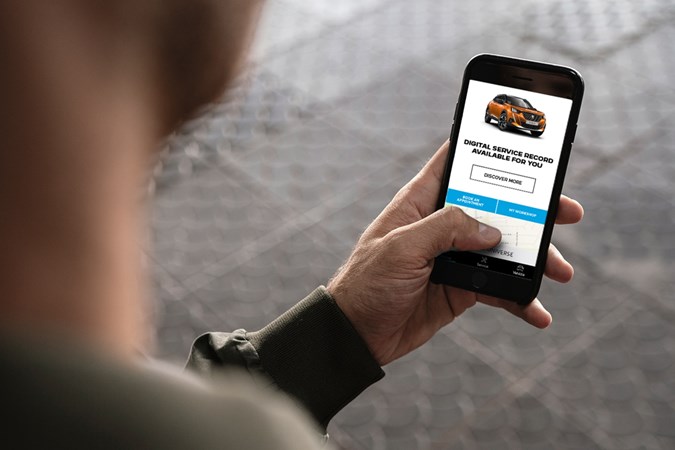
DSRs can also sometimes be accessed via a car’s infotainment system. If so, you’ll probably find it among the options in the vehicle settings menu.
Your third option is to obtain a printed copy of the DSR from one of the manufacturer’s dealers – just phone or email them and ask about it. We advise getting one before selling your car as it’s easier for a potential buyer to see it.
Which car manufacturers use a digital service record?
It’s only a relatively small number of car manufacturers that keep DSRs, though it’s possible that more will follow in years to come. Those that currently keep DSRs include:
Volkswagen, Tesla, Subaru, Smart, Skoda, SEAT, Renault, Porsche, Polestar, Peugeot, MINI, MG, Mercedes, Mazda, Maserati, Lexus, Land Rover, Jaguar, Honda, Ford, DS, Dacia, BMW and Audi.
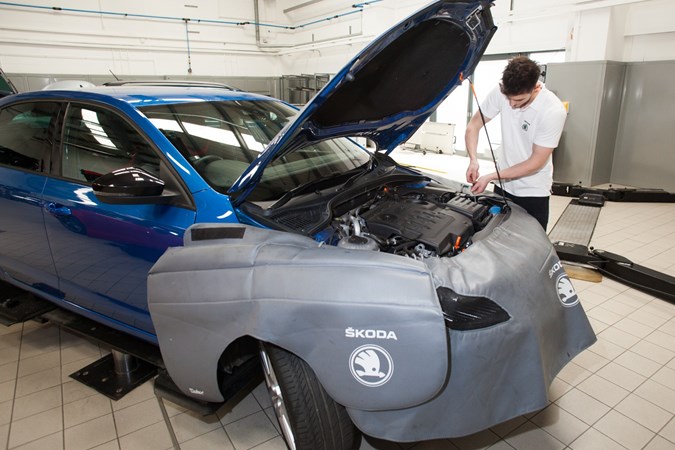
In all cases, these manufacturers make DSRs available through their customer app. But you don’t need to be tied to them, and it’s possible to create your own DSR for a car that doesn’t have one.
There are a number of third-party apps such as Servicefy, Loggy, Drivvo and Custodian that allow you to record your car’s maintenance and, in some cases, store documentation and notes relating to the work.
Can independent garages update a digital service record?
Any garage that’s registered with the Independent Garage Association (IGA) has clearance to update a car’s DSR via the manufacturer’s centralised database. That means they can maintain the car’s full service history even if they’re not directly affiliated with the brand. You can find out which garages are registered with the IGA here.
Unfortunately for those garages, each manufacturer uses its own portal for updating DSRs – Ford’s is called Etis, VW Group’s is ErWin. However, there’s now a service that streamlines the process. Digital Servicebook allows garages to access every manufacturer’s DSR portal from one place, so they don’t need multiple accounts or to be familiar with different user interfaces.
Check with a garage before you have any work done and make sure they have updated the DSR before you pay for the work. Get a paper receipt as well.
How do I transfer my car’s DSR to a new owner?
A DSR is tied to a car’s vehicle identification number (VIN), rather than the owner or even its registration number. So there’s no need to transfer it between owners. However, we recommend getting a print out of the DSR from one of the manufacturer’s dealers before selling your car, simply because it’s easier to show it to potential buyers. Also advise the new owner to download the manufacturer’s app, so they can view the DSR there.
Just so you know, we may receive a commission or other compensation from the links on this website - read why you should trust us.


